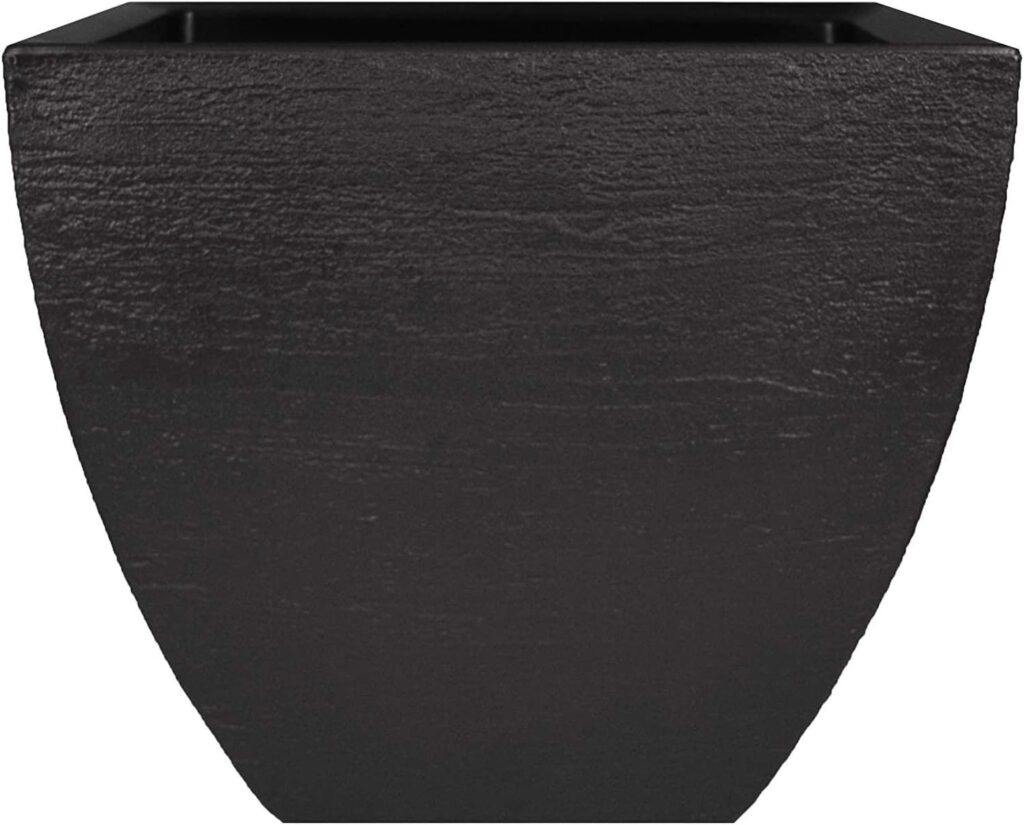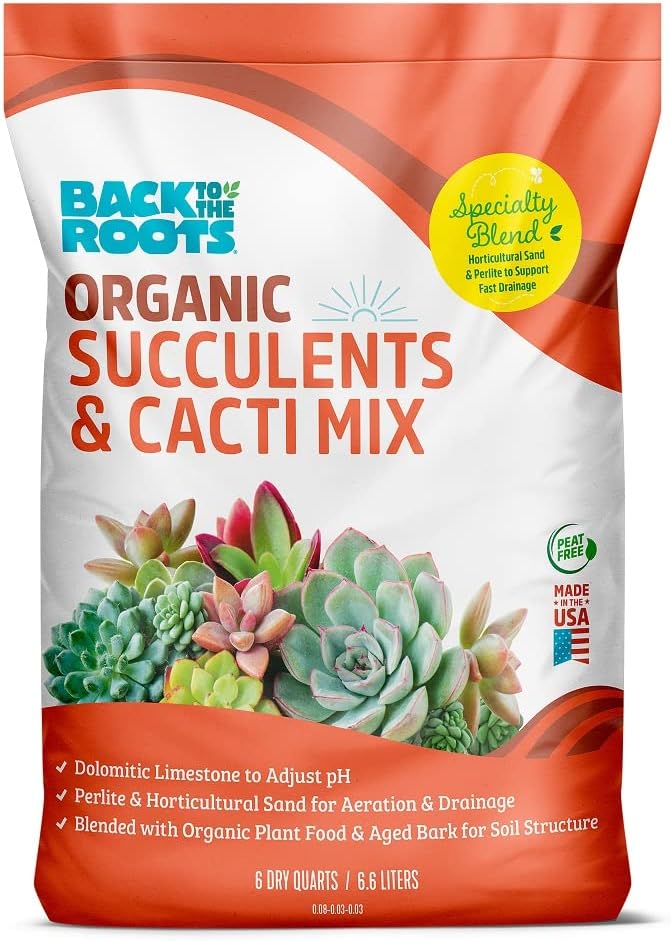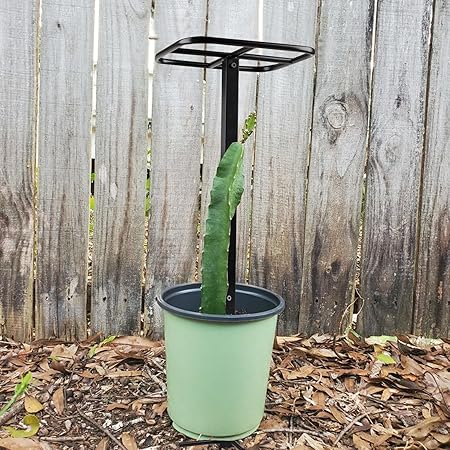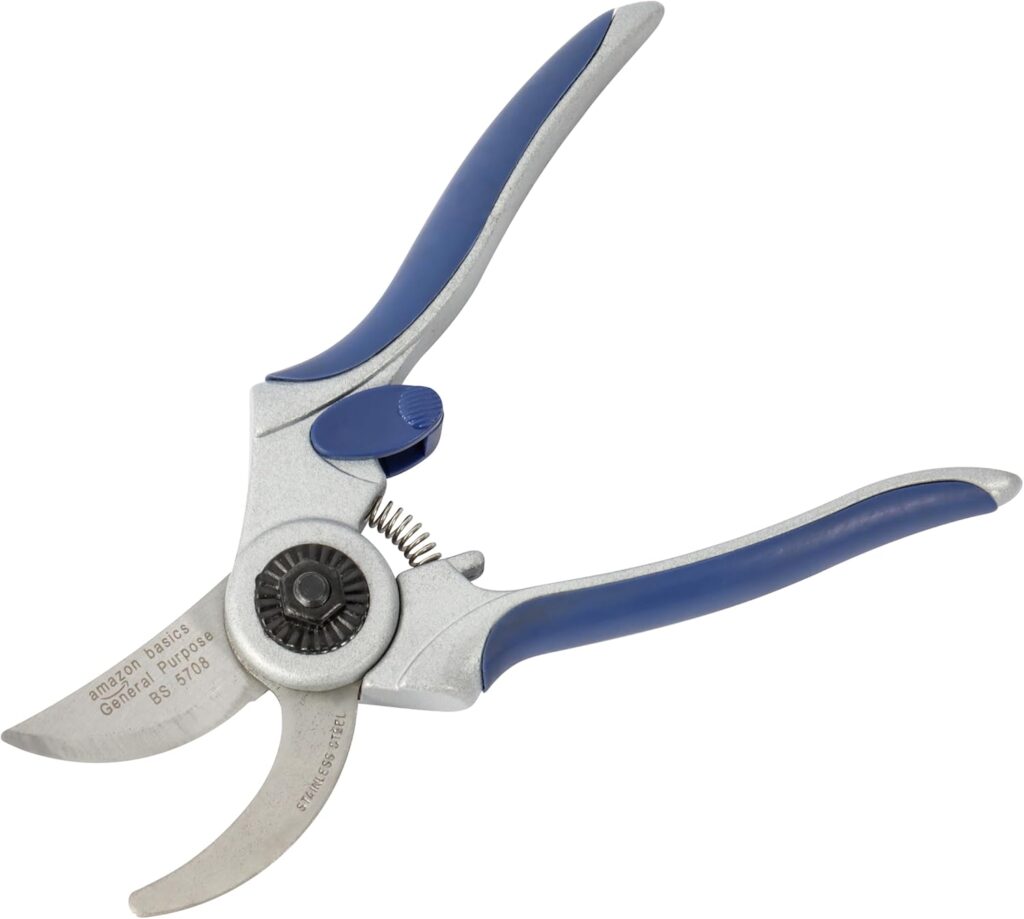Growing dragon fruit in a pot is an excellent choice for those who want to enjoy this exotic fruit without the need for a large garden. With proper care, the plant will thrive, providing delicious fruit and a stunning visual presence.
Dragon fruit, also known as Pitaya, is an exotic and delicious fruit that is surprisingly easy to grow at home, especially in pots. Whether you’re a gardening newbie or have limited space, this guide will walk you through the process of how to grow dragon fruit in a pot. We’ll explore everything from pot selection and planting tips to ongoing care and troubleshooting common issues. Plus, we’ll recommend tools and products that can help make growing dragon fruit easier.
Why Grow Dragon Fruit in a Pot?
Dragon fruit plants are climbing cacti and growing them in a pot is an ideal solution for those with limited gardening space or for anyone who wants to move their plants indoors during colder seasons. Here’s why it’s a great idea to plant dragon fruit in pots:
- Space-saving: Perfect for small gardens, patios, or balconies.
- Mobility: You can easily move the plant to a sunnier location or indoors during winter.
- Control: Potted plants allow for better control of soil quality and drainage.
What You’ll Need to Grow Dragon Fruit in a Pot
If you’re planning to grow dragon fruit in a pot, follow these simple steps to ensure success. Start by selecting a large pot with good drainage and using a well-draining soil mix. Keep the plant in a sunny location and water it consistently while avoiding soggy soil. Provide a sturdy trellis for support and fertilize regularly with a balanced NPK fertilizer.
By following the steps outlined in this guide, you’ll learn how to grow dragon fruit in a pot and enjoy fresh, homegrown dragon fruit in no time! Happy gardening!
Before we dive into the step-by-step process, it’s important to gather the right tools and materials. Here’s a checklist to get started:
- Pot or Container: Minimum size of 15-20 gallons, at least 20 inches in diameter, with drainage holes.
- Support Trellis: Dragon fruit is a climbing plant and will need something to grow on.
- Cactus Soil Mix: Well-draining soil is essential for dragon fruit.
- Fertilizer: Balanced fertilizer rich in nitrogen, phosphorus, and potassium (NPK) is key.
- Pruning Shears: To trim and shape the plant as it grows.
Step 1: Choosing the Right Pot and Location
The first step in growing dragon fruit in a pot is selecting the right container. The pot should be at least 20 inches in diameter and deep enough to accommodate the plant’s root system. A pot with good drainage holes is essential to avoid waterlogged soil, which can cause root rot.
When placing your pot, choose a location with plenty of sunlight. Dragon fruit needs at least 6-8 hours of direct sunlight each day to thrive. If you’re growing indoors, consider using a grow light to supplement natural sunlight.
Recommended Product: Large Gardening Pot with Drainage

Bloem Ariana Self Watering Planter
- Pros: Self-watering feature, durable plastic, lightweight.
- Cons: May require more frequent cleaning to avoid water buildup.

Tusco Modern Square Garden Planter
- Pros: Stylish design, UV-resistant, suitable for outdoors.
- Cons: Can be pricier compared to basic pots.
Step 2: Preparing the Soil
Dragon fruit plants thrive in well-draining soil. A cactus or succulent potting mix works best, but you can also create your own by mixing regular potting soil with sand or perlite for better drainage.
Make sure the pot is filled about halfway with this soil mix before planting your dragon fruit cutting or seedling. Avoid using heavy or clay-rich soil, as it retains too much moisture and may cause root issues.
Recommended Product: Cactus & Succulent Soil Mix

Back to the Roots Organic Succulent & Cacti Mix
- Pros: Organic, well-draining, perfect for potted cacti.
- Cons: Slightly more expensive than regular soil mixes.

Harris Premium Succulent and Cactus Potting Soil Mix
- Pros: Well-aerated, easy to use, encourages root growth.
- Cons: May require additional nutrients over time.
Step 3: Planting Your Dragon Fruit
To grow dragon fruit in a pot, you can either start from a cutting or a seed. Cuttings tend to grow faster and produce fruit more quickly than seeds, so they are often the preferred option for home gardeners.
- Cutting Method:
- Take a healthy, 12-inch cutting from an established dragon fruit plant.
- Let the cutting dry out in a shaded spot for a few days to form a callus.
- Plant the cutting about 2-3 inches deep into the prepared potting mix.
- Seed Method:
- If planting from seeds, place the seeds directly into the soil and cover lightly.
- Keep the soil consistently moist but not soggy, and ensure it remains warm (around 70-85°F) for germination.
Once you decided to plant either from a cutting or a seed, it’s time to plant the dragon fruit. Start by selecting a healthy cutting or a small dragon fruit plant. If you’re using a cutting, let the cut end dry for a few days before planting to prevent rot.
- Place a layer of gravel or small stones at the bottom of the pot to improve drainage.
- Fill the pot halfway with your soil mix.
- Plant the dragon fruit cutting or young plant in the center, ensuring it’s upright.
- Fill the pot with more soil until the base of the plant is covered, but don’t bury the cutting too deeply.
Step 4: Supporting Your Dragon Fruit
Since dragon fruit is a climbing cactus, it will need support as it grows. Installing a small trellis or a sturdy stake inside the pot will allow the plant to climb and grow upward, which is vital for its health and fruit production.
Regularly tie the plant to the trellis or stake as it grows taller. This helps keep the plant upright and prevents it from sprawling across the ground.
Recommended Product: Trellis for Dragon Fruit

Premium Dragon Fruit Trellis
- Pros: Sturdy, weather-resistant, ideal for climbing plants.
- Cons: Requires initial setup and installation.
Step 5: Watering and Fertilizing
Dragon fruit requires moderate watering. While the plant is drought-tolerant, it does best when watered regularly, especially during hot, dry weather. However, be cautious not to overwater, as dragon fruit doesn’t like soggy soil. Allow the top inch of soil to dry out before watering again.
When it comes to fertilization, apply a balanced fertilizer every month during the growing season. Look for fertilizers with an equal mix of nitrogen, phosphorus, and potassium (NPK 10-10-10). You can also supplement with a slow-release fertilizer to give the plant a steady nutrient supply.
Recommended Product: Automatic Water Irrigation System

Raindrip Automatic Drip Irrigation Watering Kit
- Pros: Provides consistent watering, easy to install.
- Cons: Requires a water source and setup.
Recommended Product: Organic Fertilizer
>>Best Organic Compost for Urban Gardening
Step 6: Pruning and Maintenance
To encourage healthy growth and fruit production, regular pruning is essential. Use pruning shears to cut off any dead or damaged branches. You should also remove any side shoots that appear near the base of the plant to promote vertical growth.
Pruning will also help keep your dragon fruit plant compact and manageable, making it easier to care for in a pot.
Recommended Product: Pruning Shear

Amazon Basics Steel Bypass Pruning Shears
- Pros: Sharp, durable, rust-resistant.
- Cons: May need sharpening over time.
Step 7: Harvesting Your Dragon Fruit
Once your dragon fruit plant begins to flower (usually within 6-8 months for cuttings), it won’t be long before the fruit follows. Dragon fruit is ready to harvest when the skin turns bright red or yellow, depending on the variety. Gently twist the fruit to remove it from the plant.
Enjoy your homegrown dragon fruit fresh, or use it in smoothies, salads, or desserts!
Common Problems
Despite being a hardy plant, dragon fruit can encounter a few challenges:
- Root Rot: Caused by overwatering or poor drainage. Ensure your pot has plenty of drainage holes and water only when the topsoil is dry.
- Pests: Common pests include aphids and mealybugs. Use organic pest control methods or neem oil to protect your plant.
- Sunburn: Too much direct sunlight can cause sunburn on the plant’s skin. Provide some shade during the hottest parts of the day.
Recommended Product: Organic Insecticide

Zuprime Neem Oil for Plants – Organic Neem Oil Spray for Plants
- Pros: Organic, effective against pests, easy to apply.
- Cons: Needs frequent reapplication.
Conclusion
Learning how to grow dragon fruit in a pot can be a rewarding and enjoyable experience, whether you’re a beginner gardener or an experienced plant enthusiast. By following the steps in this guide, you’ll be well on your way to enjoying fresh, homegrown dragon fruit. Remember to use high-quality soil, provide proper support, and keep the plant well-watered and pruned for the best results.
Happy gardening!
Affiliate Disclosure: Some of the links in this post are affiliate links. If you click on them and make a buy, I earn a small commission at no extra cost to you. I only recommend products I personally believe in for their quality and authenticity.
